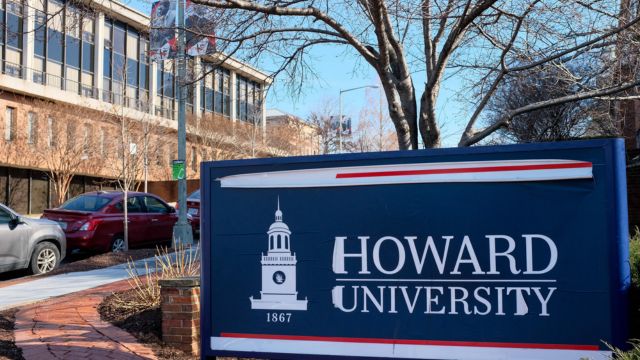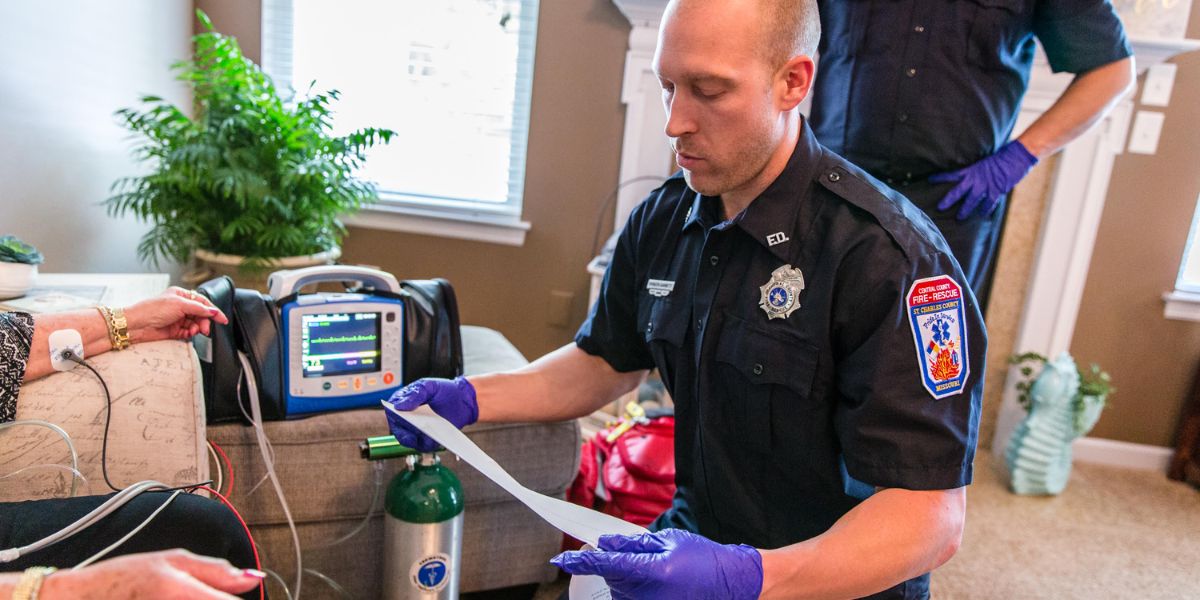Metro Area!
Washington DC –
The District of Columbia Fire and Emergency Medical Services (EMS) and Howard University worked together to test a new methodology for responding to heart attacks in an attempt to improve EMS processes. Medical actions during life-threatening situations will be made more efficient and effective through this program.
Medical professionals from Howard University Hospital and the District of Columbia Fire EMS collaborated to establish the procedure, which aims to improve response times and treatment options for individuals experiencing a heart attack. Working together, the public and academic sectors have taken a giant leap toward improving community health.
At the outset, Howard University Hospital Chief Medical Officer Dr. Lisa Thompson stated, “Our goal is to ensure that heart attack patients receive the best possible care from the moment emergency services are alerted.” This agreement will help achieve this goal. We can better equip our teams to deal with these potentially fatal crises if we test and refine our response strategy in real-world settings.

Members of the DC Fire EMS and Howard University teams tested the technique in a variety of environments using both simulated and real-world scenarios, all spread out over the district’s neighborhoods. Specialized training was provided to paramedics and emergency responders so that the new processes could be seamlessly implemented.
SEE MORE –
Teens Kidnap Man in Southwest Dc Neighborhood; Video Shows Attack
“This partnership allows us to integrate cutting-edge medical research with frontline emergency response,” Chief Fire Officer Michael Johnson said, emphasizing the initiative’s collaborative character. Howard University can help us adjust and improve our protocols so they can keep up with the changing requirements of our community.
The experiment also gave people a chance to voice their opinions, so we know the protocol is up to par with medical standards and takes into account people’s real worries when it comes to medical emergencies like heart attacks.
The program has received a largely good reception from the public, who have voiced their gratitude for the district’s proactive efforts to enhance emergency medical services. Future improvements to DC Fire EMS practices and broader efforts to advance emergency medical care nationwide can be informed by the trial’s findings.
The new heart attack response strategy has the potential to save lives and improve health outcomes across Washington, DC, according to stakeholders who are enthusiastic about the future of the relationship between DC Fire and Howard University.
As an example of how public and private organizations can work together, the trial shows how community-driven innovation can improve emergency response capabilities. Through the analysis of results and the refinement of protocols, the cooperation is paving the way for proactive healthcare solutions in metropolitan areas.
Visit the official websites of DC Fire EMS and Howard University Hospital to learn more about the trial and ongoing initiatives to enhance emergency medical services in the nation’s capital.
